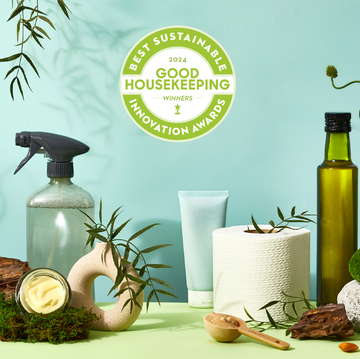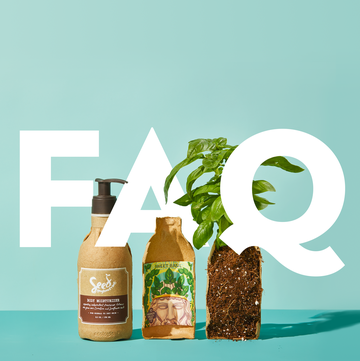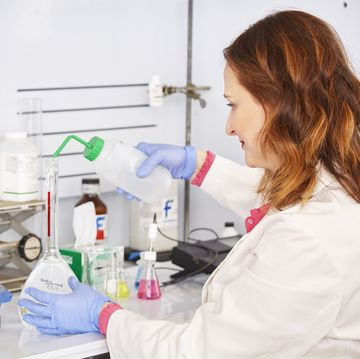After posting 3
Microwave Myths Debunked so many of you expressed concern at the thought of heating metal in the
microwave that I thought I'd give you more details on how to do it safely.
1. Check your
microwave oven owner's manual Most microwave use and care guides will let you know whether you can safely use
materials like aluminum foil, metal trays, and food packaging like microwave
popcorn bags. Always follow the advice specific to your oven.
2. Use
approved materials and containers The USDA has a list of safe and unsafe containers for microwave heating, as
well as guidelines for cooking safely. Materials like aluminum foil can safely
be used in small quantities if your owner's manual says it's ok. Make sure the
foil is new and smooth, not crumpled. Don't try to heat any dinnerware with
metal trim unless it is specifically designed for microwave use; Lenox has 21
lines of microwave-safe china including some with gold trim. You should also
avoid zapping takeout food containers with metal handles or twist ties. Arcing
can occur when an electric current jumps from one piece of metal to another, such
as from spot to spot on the gold rim of a dish or from peak to peak on crumpled
foil. In addition to ruining your plate, arcing can potentially damage your
oven or start a fire.
3. Use metal
wisely It's important to
understand the role of metal in the microwave. It functions as a shield,
blocking the waves emitted by the oven. For that reason, it's often used in
product packaging to help foods cook more evenly by shielding one part of a
dish. You can use small pieces of metal to prevent the corners of brownies or
the ends of lasagna from overcooking.
4. Follow
package instructions Believe it or not, many packaged, microwavable foods rely on metal for a
variety of functions. In popcorn bags, metal susceptors help promote even and
thorough popping. Susceptors are also used in microwavable pizza packaging to
help create a crispy crust. These metals are perfectly safe in the microwave, just
make sure to carefully follow the package directions.
5. Err on the
side of safety If you're
ever unsure about heating a dish in the microwave or don't feel safe, don't do
it. Opt for glass or other materials you know can be zapped safely. Also, if you're concerned about the safety of microwaving in plastic, we tested 30 containers and wraps for the presence of BPA or Phtalates, and in those that contained them, tested to see whether they migrated into food. Read our full results.
Curious about what microwave safe really means? We tested microwave safe ceramics and were surprised by the results.













